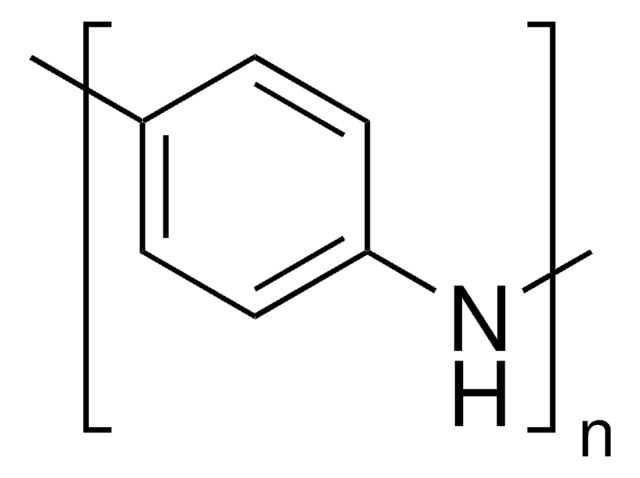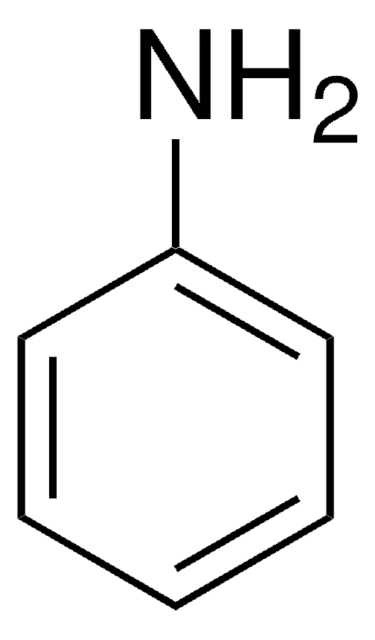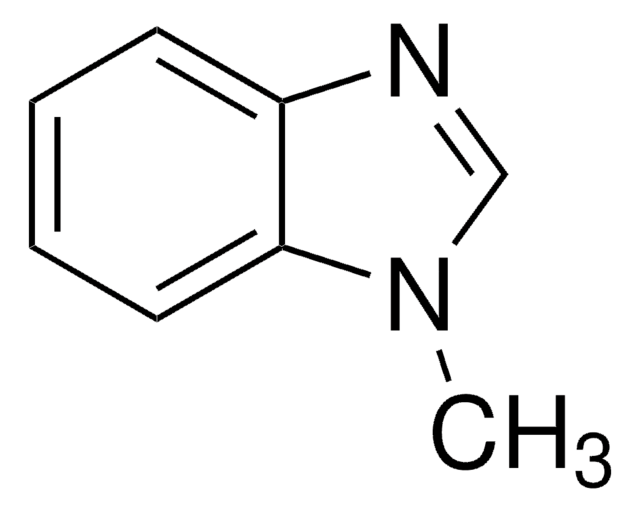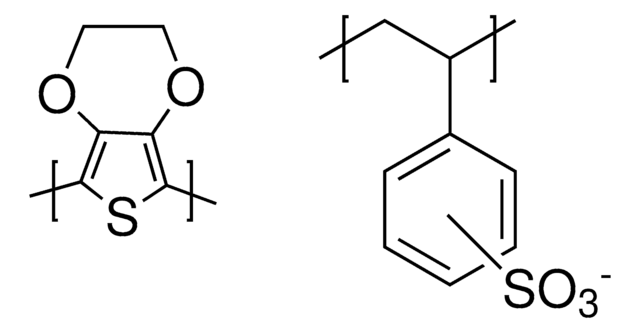530689
Polyaniline (emeraldine base)
average Mw ~65,000
Synonyme(s) :
Emeraldine base polyaniline
About This Item
Produits recommandés
Poids mol.
average Mw ~65,000
Niveau de qualité
Pf
>350 °C
Solubilité
m-cresol: soluble
DMAC: soluble
DMF: soluble
DMSO: soluble
NMP: soluble
λmax
331 nm
InChI
1S/C3H4BrN3.ClH/c1-2-3(4)6-7-5-2;/h1H3,(H,5,6,7);1H
Clé InChI
LYCWKZFKTMHXQA-UHFFFAOYSA-N
Vous recherchez des produits similaires ? Visite Guide de comparaison des produits
Description générale
Application
Caractéristiques et avantages
Code de la classe de stockage
11 - Combustible Solids
Classe de danger pour l'eau (WGK)
WGK 3
Point d'éclair (°F)
Not applicable
Point d'éclair (°C)
Not applicable
Équipement de protection individuelle
Eyeshields, Gloves, type N95 (US)
Faites votre choix parmi les versions les plus récentes :
Déjà en possession de ce produit ?
Retrouvez la documentation relative aux produits que vous avez récemment achetés dans la Bibliothèque de documents.
Les clients ont également consulté
Articles
Dr. Tan and researcher introduce recent trends in Self-healing Soft Electronic Materials and Devices. The emergence of smart, functional SHPs will be highly beneficial to the advancement of the next-generation self-healing soft electronic devices. Autonomously self-healing devices could help to minimize the need for repair or replacement of electronics and machines, potentially reducing the cost of materials and reducing electronic waste.
Notre équipe de scientifiques dispose d'une expérience dans tous les secteurs de la recherche, notamment en sciences de la vie, science des matériaux, synthèse chimique, chromatographie, analyse et dans de nombreux autres domaines..
Contacter notre Service technique







